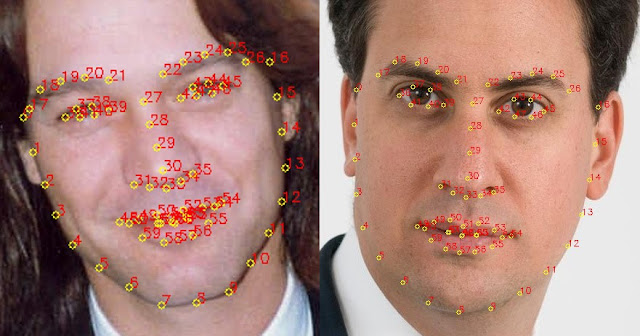04-07-0021
This Weeks Progress. QUERYING FROM DATABASE Get the company collection in the Database From which Obtain attendance collection. Create a document for today's date to store attendance. QUERYING CURRENT DAY ENTRIES Database Example Code snippet: Where today is date of present date get() function downloads today's attendance document from Firebase. It is downloaded as a Firebase document and program will convert into key value pair dictionary. Front end Display all entries of today in the desktop app. Eel fetches list of entries from python to JavaScript. We create a table to Display all entries. This explains the working and interaction of DB,python and Javascript.




